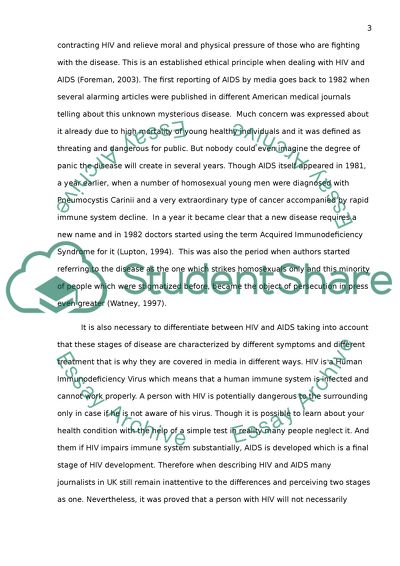Cite this document
(“The view that powerful elites generate fear does not adequately Essay”, n.d.)
The view that powerful elites generate fear does not adequately Essay. Retrieved from https://studentshare.org/journalism-communication/1696875-the-view-that-powerful-elites-generate-fear-does-not-adequately-explain-the-complexities-within-the-news-reporting-of-aids-in-britain-discuss
The view that powerful elites generate fear does not adequately Essay. Retrieved from https://studentshare.org/journalism-communication/1696875-the-view-that-powerful-elites-generate-fear-does-not-adequately-explain-the-complexities-within-the-news-reporting-of-aids-in-britain-discuss
(The View That Powerful Elites Generate Fear Does Not Adequately Essay)
The View That Powerful Elites Generate Fear Does Not Adequately Essay. https://studentshare.org/journalism-communication/1696875-the-view-that-powerful-elites-generate-fear-does-not-adequately-explain-the-complexities-within-the-news-reporting-of-aids-in-britain-discuss.
The View That Powerful Elites Generate Fear Does Not Adequately Essay. https://studentshare.org/journalism-communication/1696875-the-view-that-powerful-elites-generate-fear-does-not-adequately-explain-the-complexities-within-the-news-reporting-of-aids-in-britain-discuss.
“The View That Powerful Elites Generate Fear Does Not Adequately Essay”, n.d. https://studentshare.org/journalism-communication/1696875-the-view-that-powerful-elites-generate-fear-does-not-adequately-explain-the-complexities-within-the-news-reporting-of-aids-in-britain-discuss.


